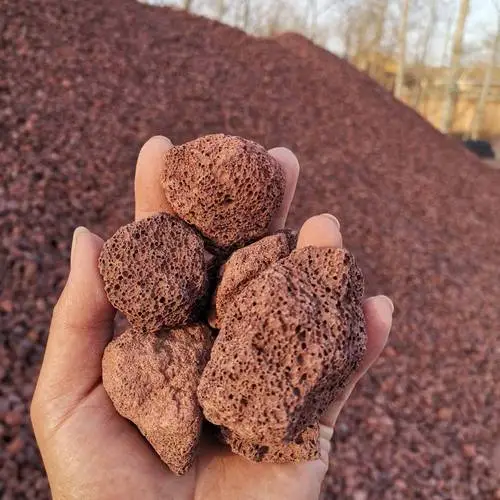
The Role of Silica Fume in Enhancing High Strength Concrete Performance and Durability
The Role of Silica Fume in High Strength Concrete
Concrete has been a vital construction material for centuries, renowned for its durability and strength. However, the demand for high-strength concrete has led to continuous research and innovation within the field. One significant advancement is the use of silica fume, a byproduct from the production of silicon metal or ferrosilicon alloys. This article explores the importance of silica fume in enhancing the properties of high-strength concrete.
The Role of Silica Fume in High Strength Concrete
One of the primary benefits of using silica fume in high-strength concrete is its ability to improve compressive strength. The addition of silica fume can significantly enhance the concrete's resistance to various loading conditions. Research has shown that concrete mixes containing silica fume can achieve compressive strengths exceeding 100 MPa, a remarkable feat compared to traditional concrete. This makes it particularly suitable for applications in high-rise buildings, bridges, and other structures that require high load-bearing capacities.
silica fume in high strength concrete

Moreover, silica fume enhances the durability of concrete. High-strength concrete mixes with silica fume exhibit improved resistance to environmental factors, such as chemical attacks, freeze-thaw cycles, and abrasion. The dense microstructure formed by the reaction between silica fume and calcium hydroxide reduces permeability, making the concrete less susceptible to water infiltration and harmful substances. This property is crucial in preventing the deterioration of structures over time, particularly in harsh climates or environments exposed to aggressive chemicals.
Another advantage of silica fume is its positive impact on the workability of concrete. While the fine particles can initially present challenges regarding workability, the use of superplasticizers or water-reducing admixtures can help achieve the desired consistency. The combination of silica fume with these admixtures allows for a flowable mix without compromising strength, enabling ease of placement in intricate forms or congested reinforcement areas.
However, it is essential to optimize the silica fume content in concrete mixes. Typically, silica fume is used in proportions ranging from 5% to 15% of the total cement weight. Higher percentages may lead to workability issues or difficulty in finishing, while lower percentages might not harness its full potential. Proper testing and mixture design are crucial to achieving the desired balance between strength, durability, and workability.
In conclusion, silica fume has become a key additive in the production of high-strength concrete. Its unique physical and chemical properties allow for significant enhancements in compressive strength, durability, and workability. As the construction industry continues to evolve, the incorporation of silica fume into concrete mixes represents a valuable innovation that addresses the growing demands for high-performance structures. By leveraging this material, engineers and designers can create safer, longer-lasting, and more resilient infrastructure, thus paving the way for sustainable construction practices in the future.
Share
-
Fly Ash Solutions Enhanced by GPT-4 Turbo | Sustainable InnovationNewsAug.01,2025
-
Natural Premium Bentonite Cat Litter - Superior ClumpingNewsJul.31,2025
-
Premium Resin Coated Sand - High Heat Resistance CastingNewsJul.31,2025
-
High Quality Silicon Carbide Grit for Abrasive ApplicationsNewsJul.30,2025
-
High-Quality Ceramsite for Plants & Gardening | Lightweight PebblesNewsJul.29,2025
-
Premium Burgundy Glass Marbles for Vases & Shooter GamesNewsJul.29,2025






